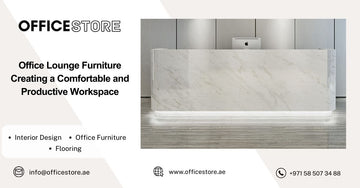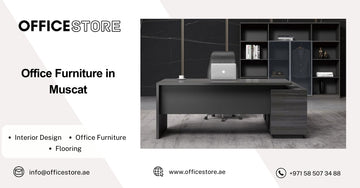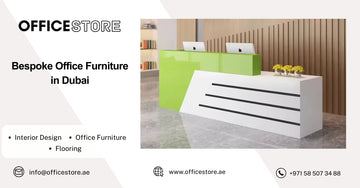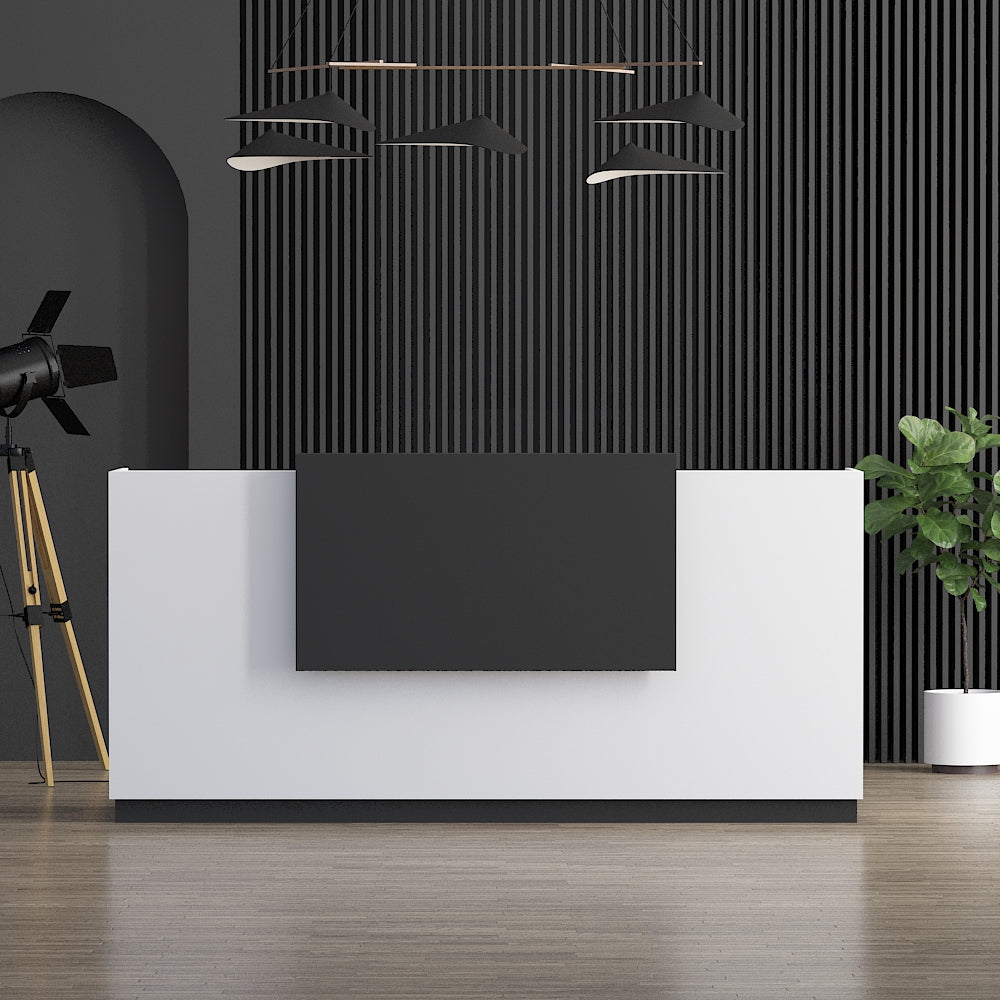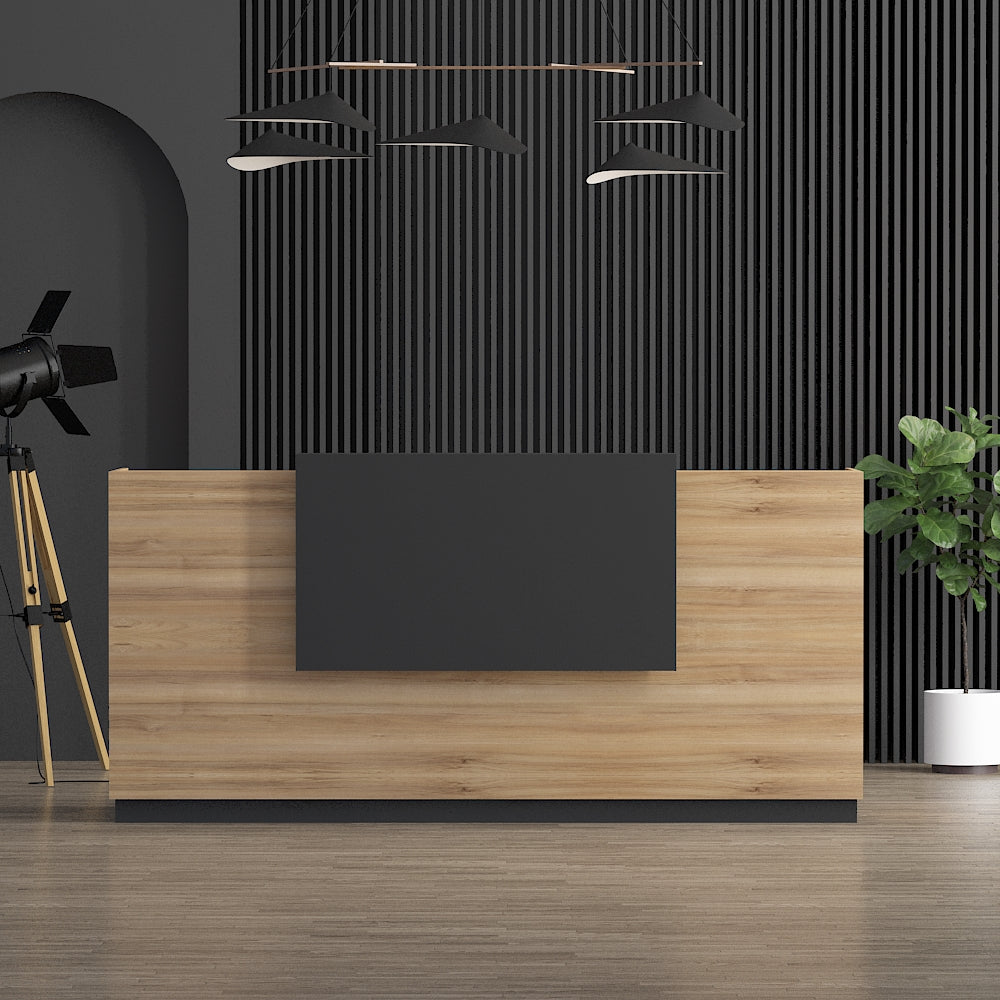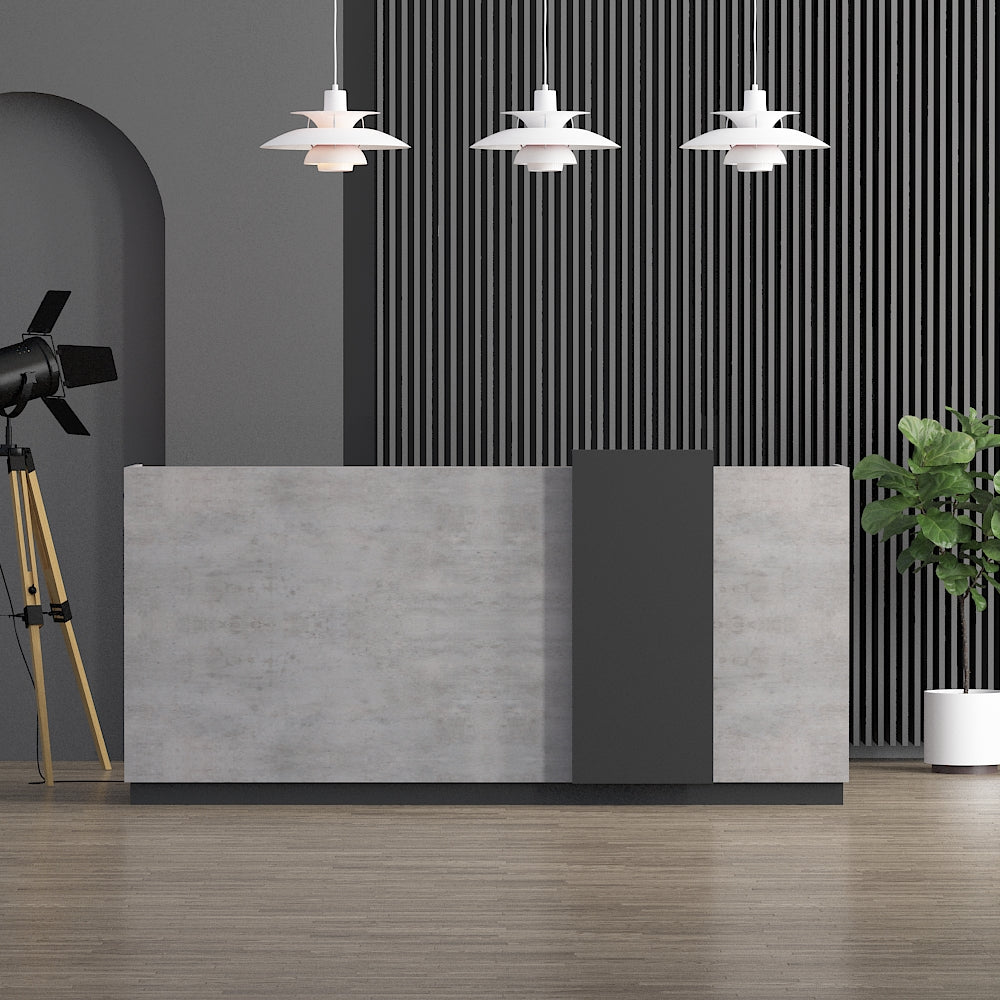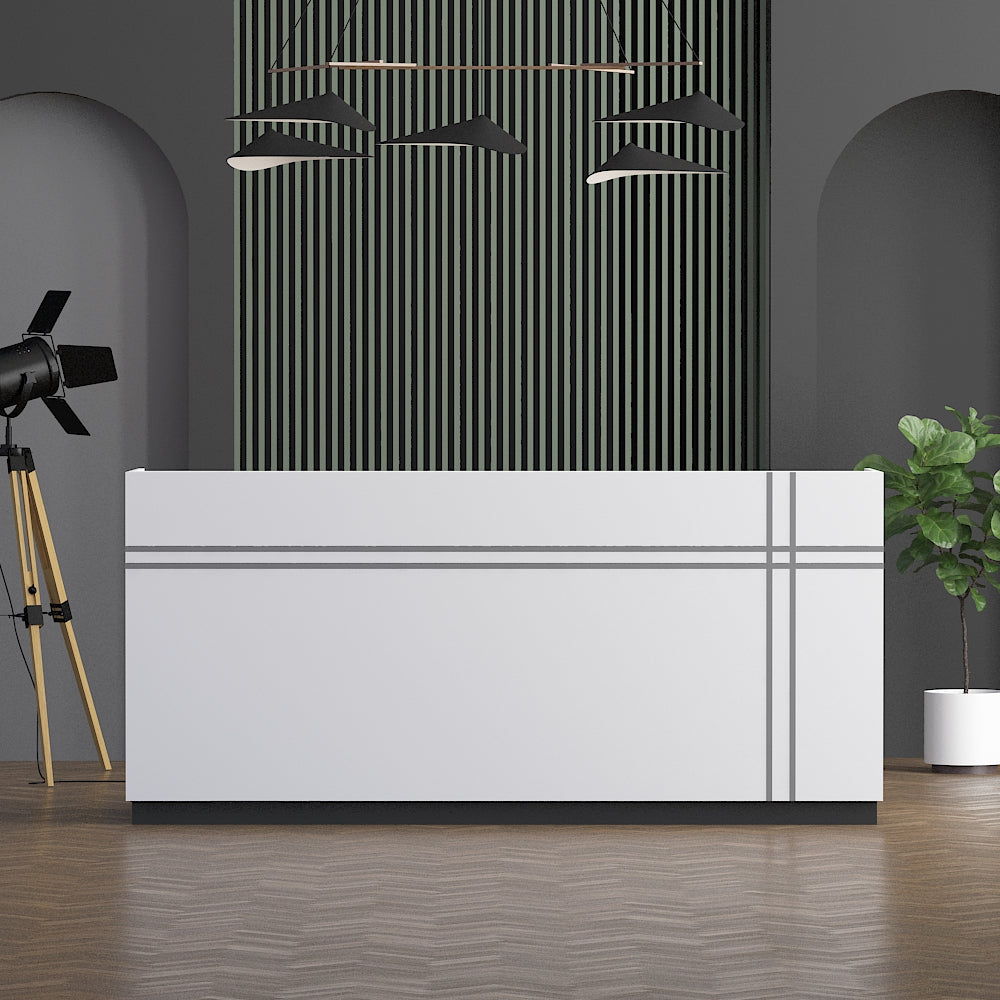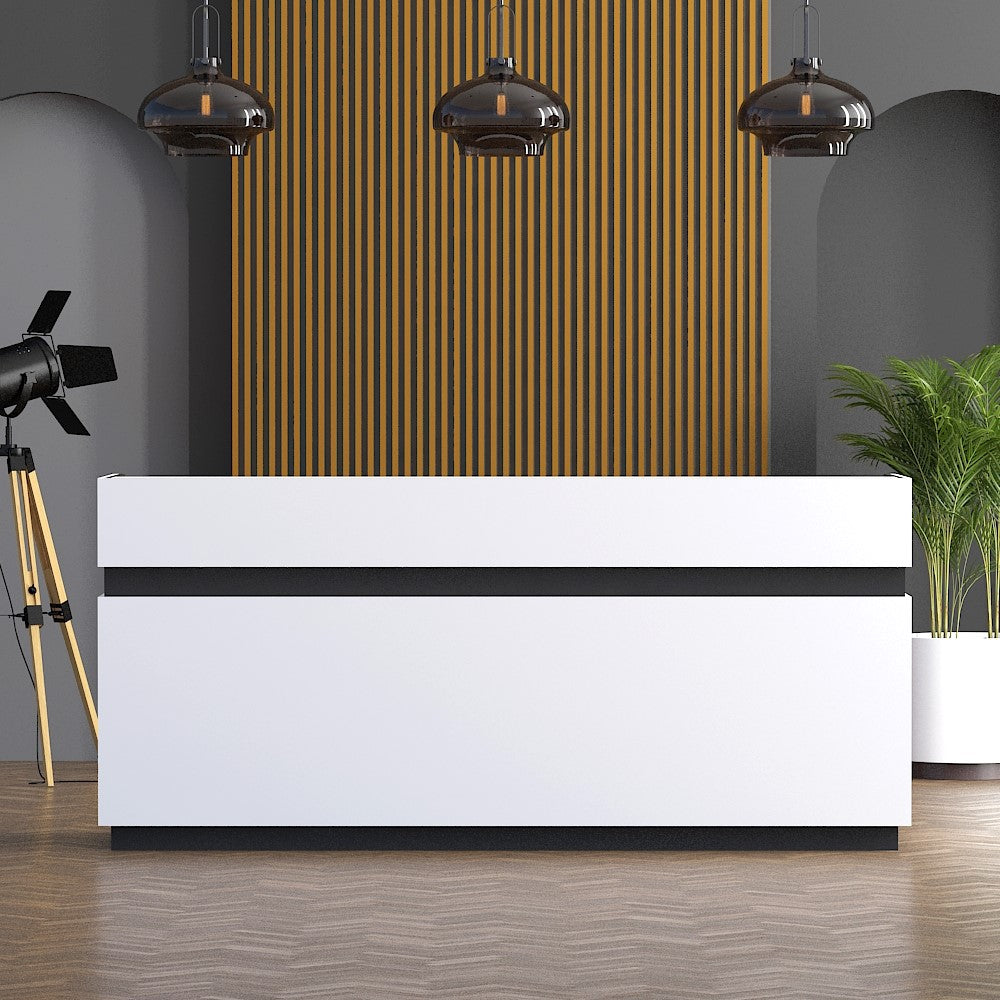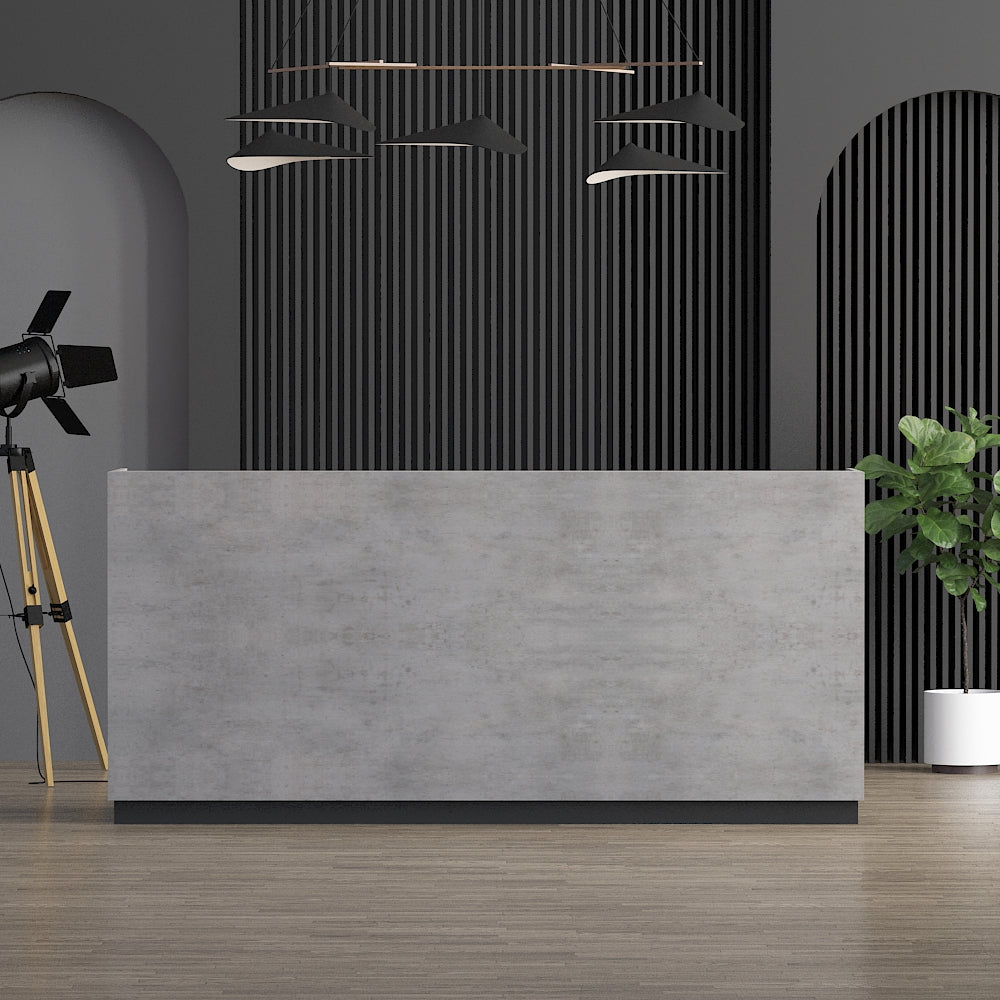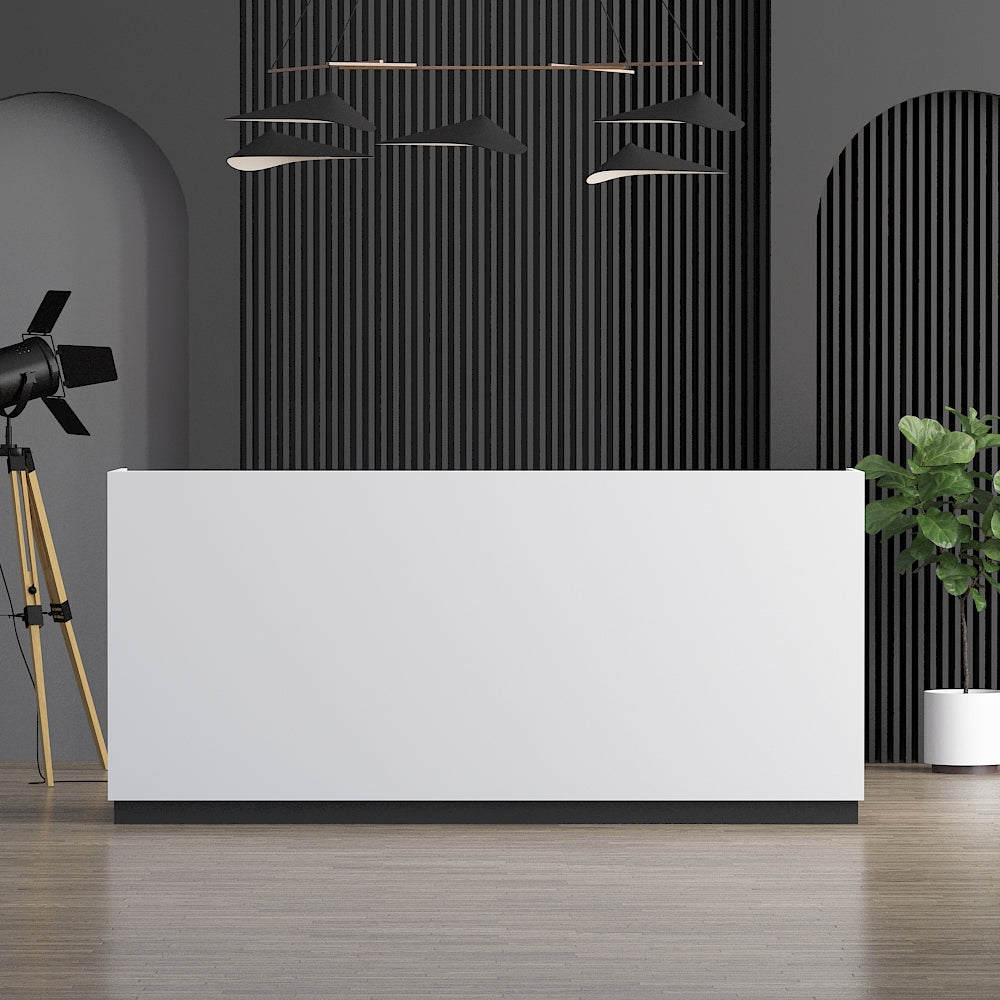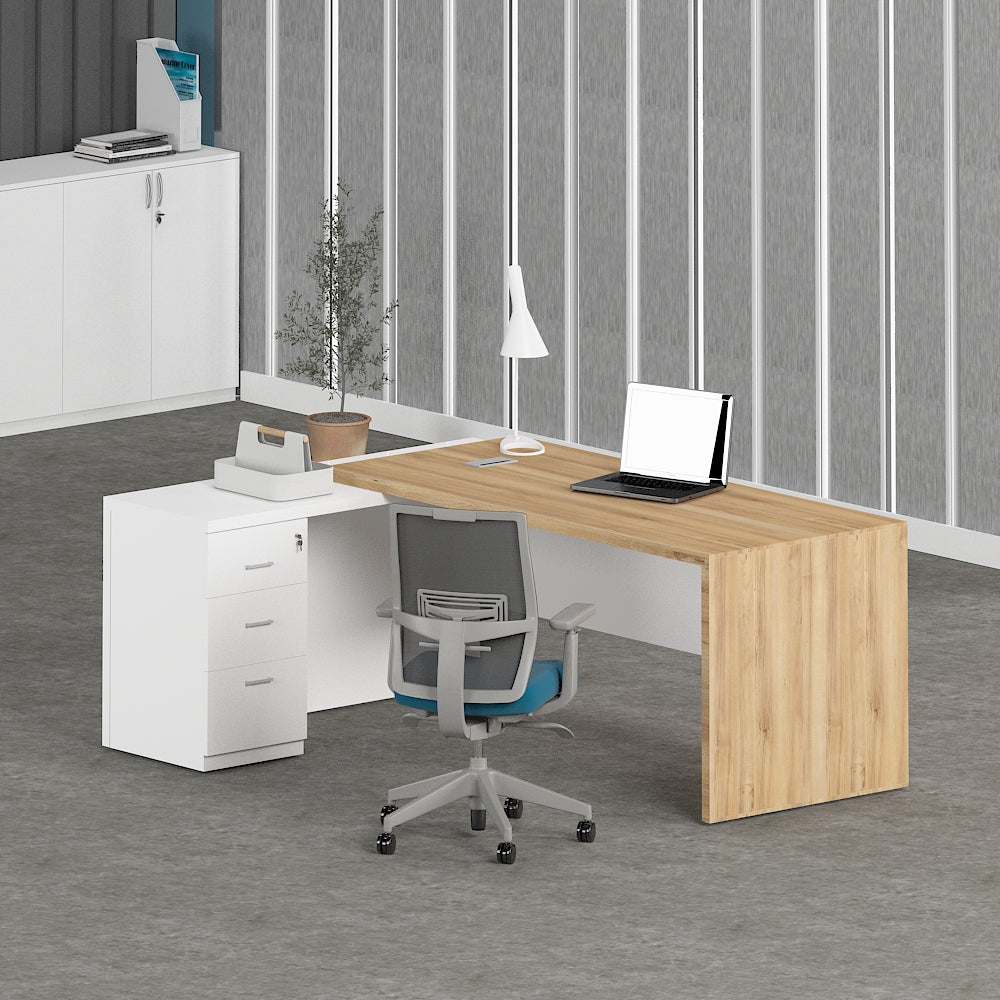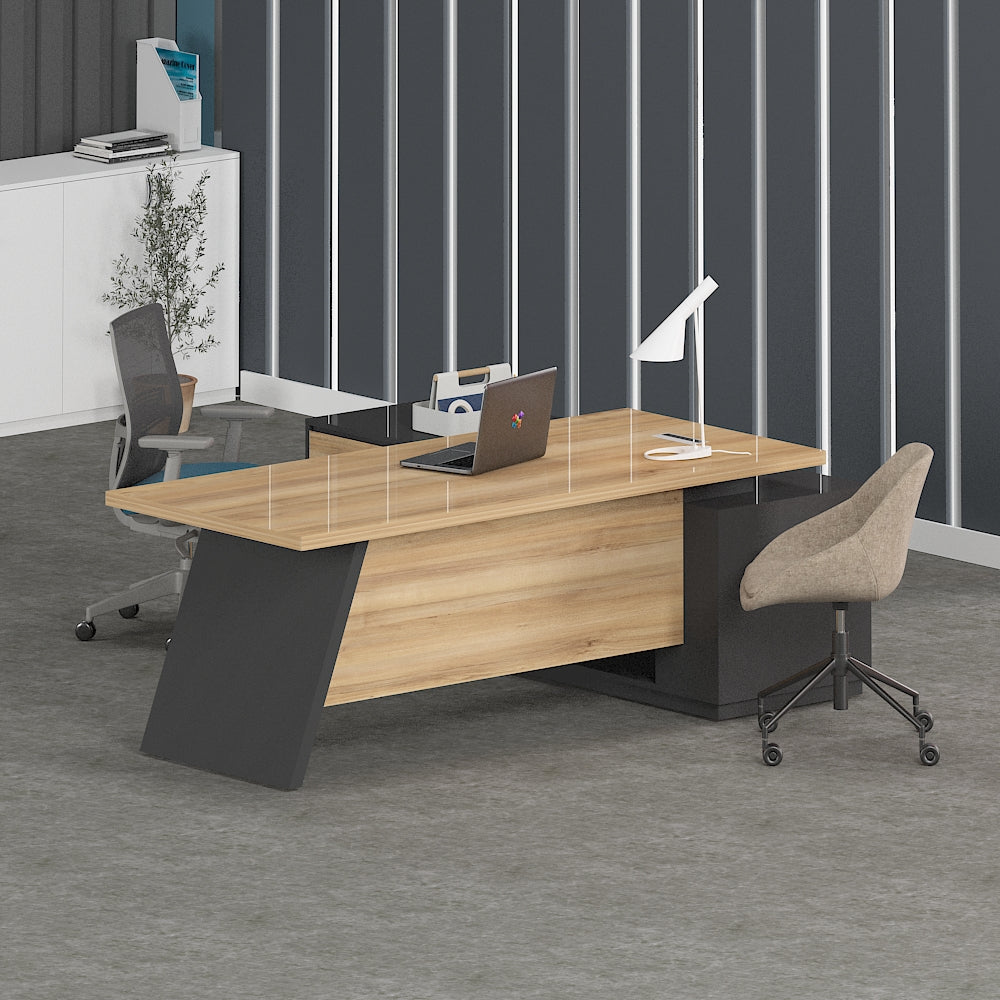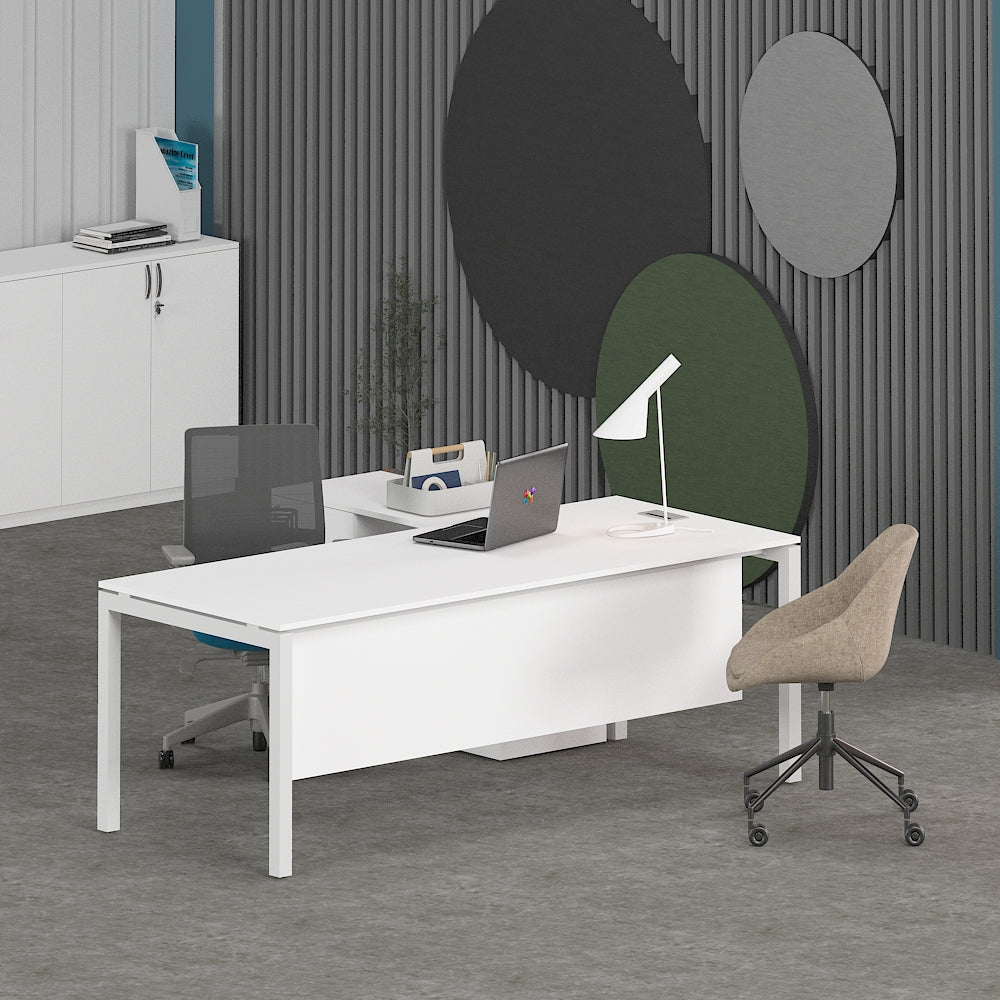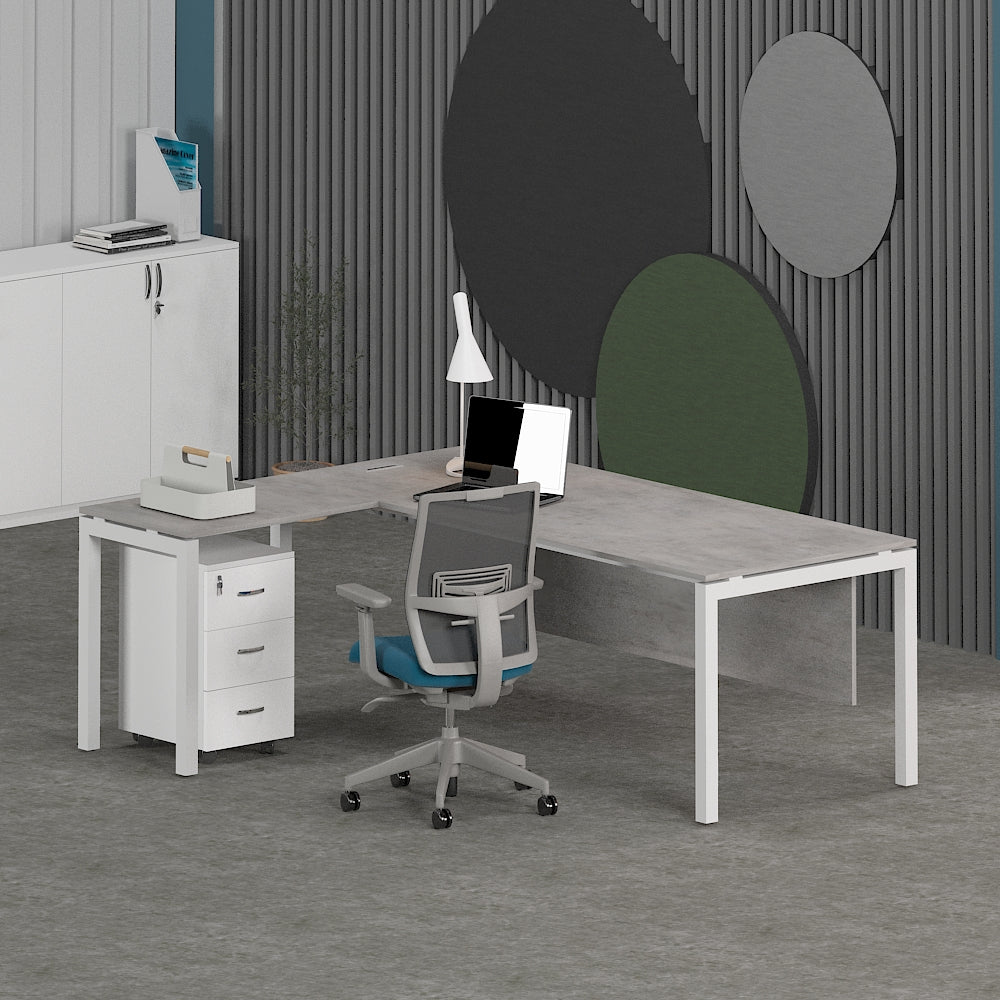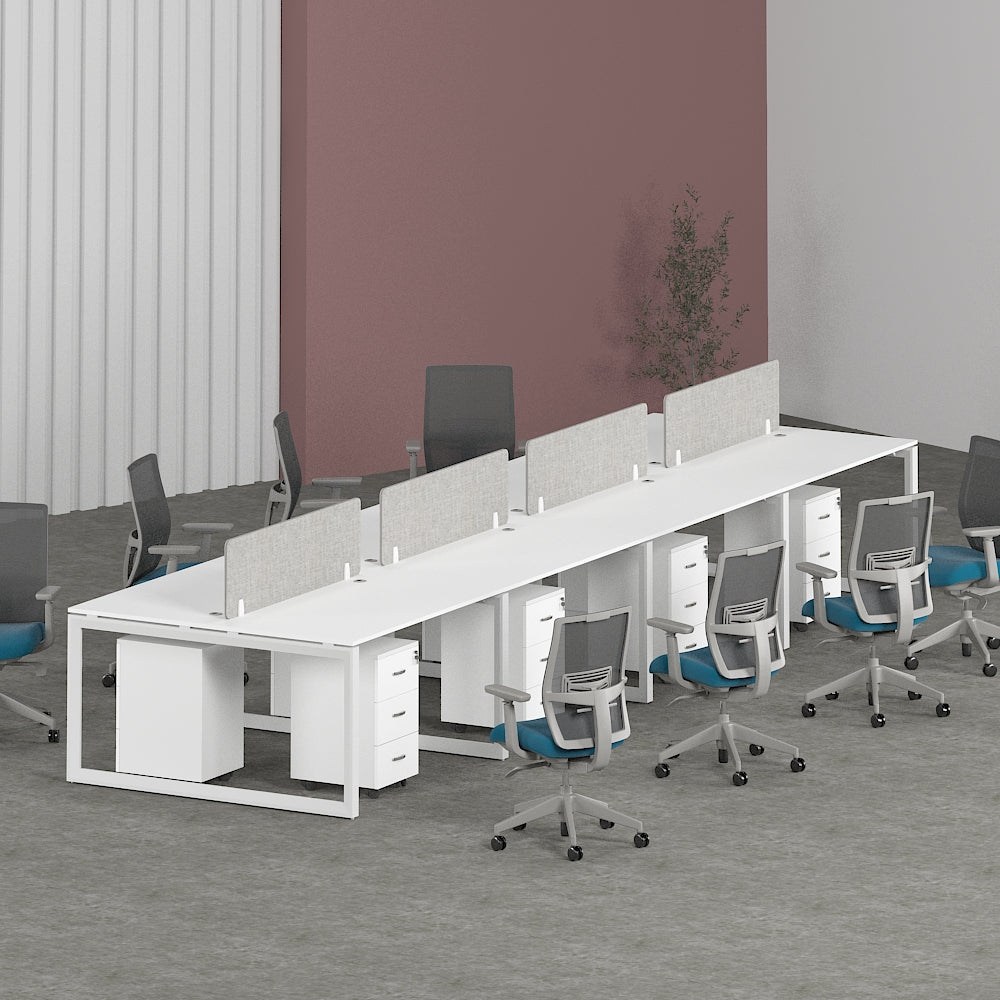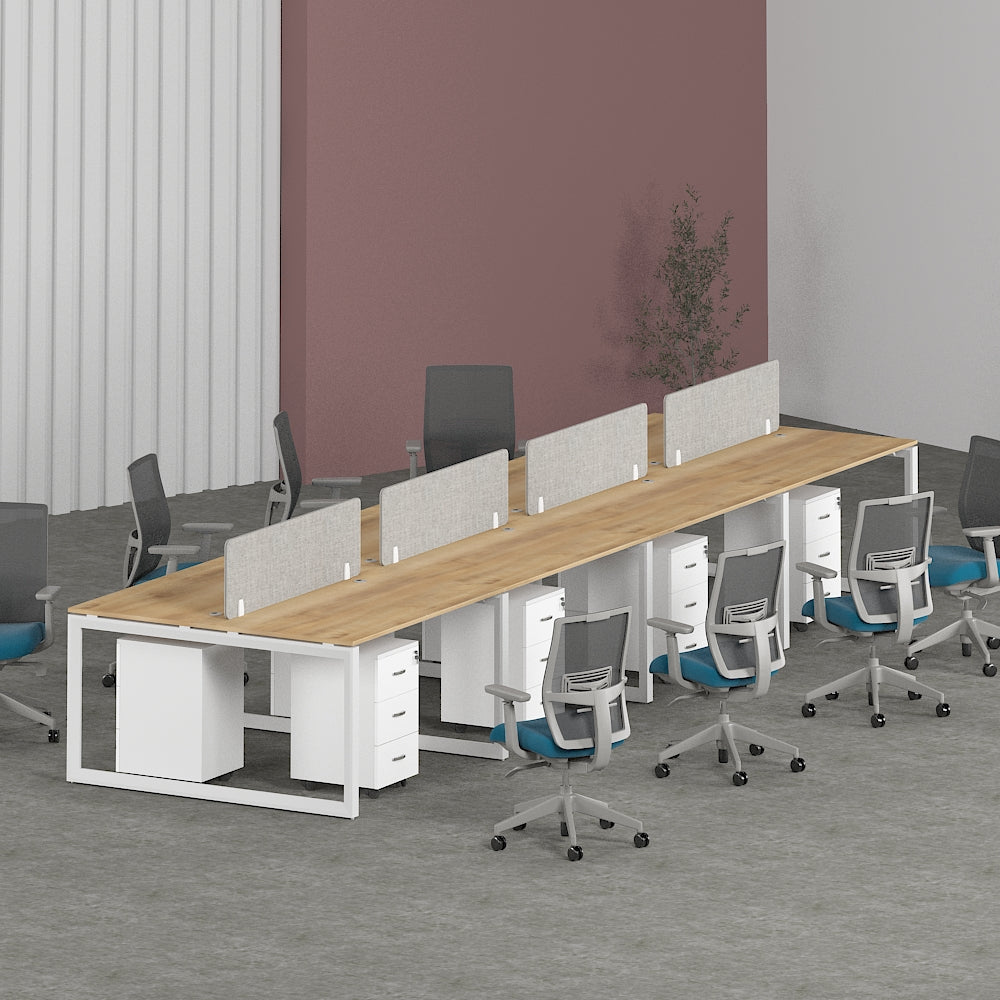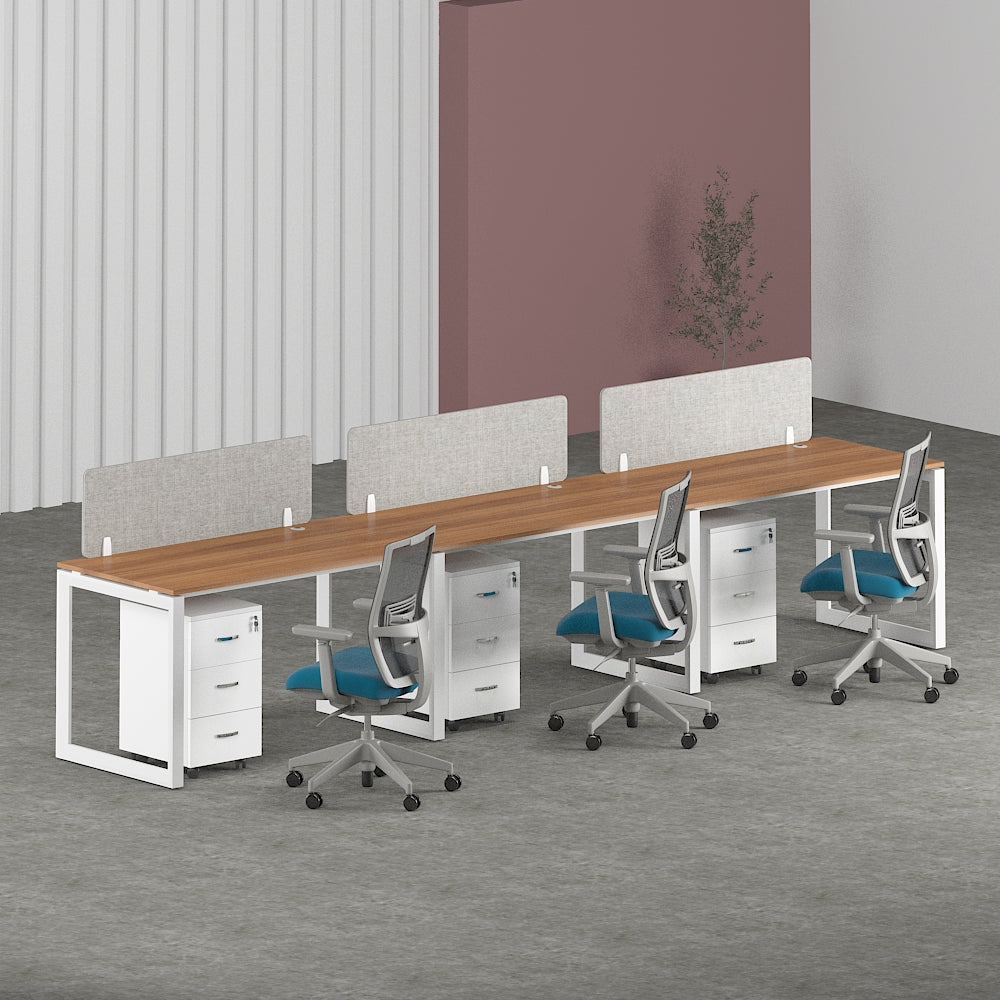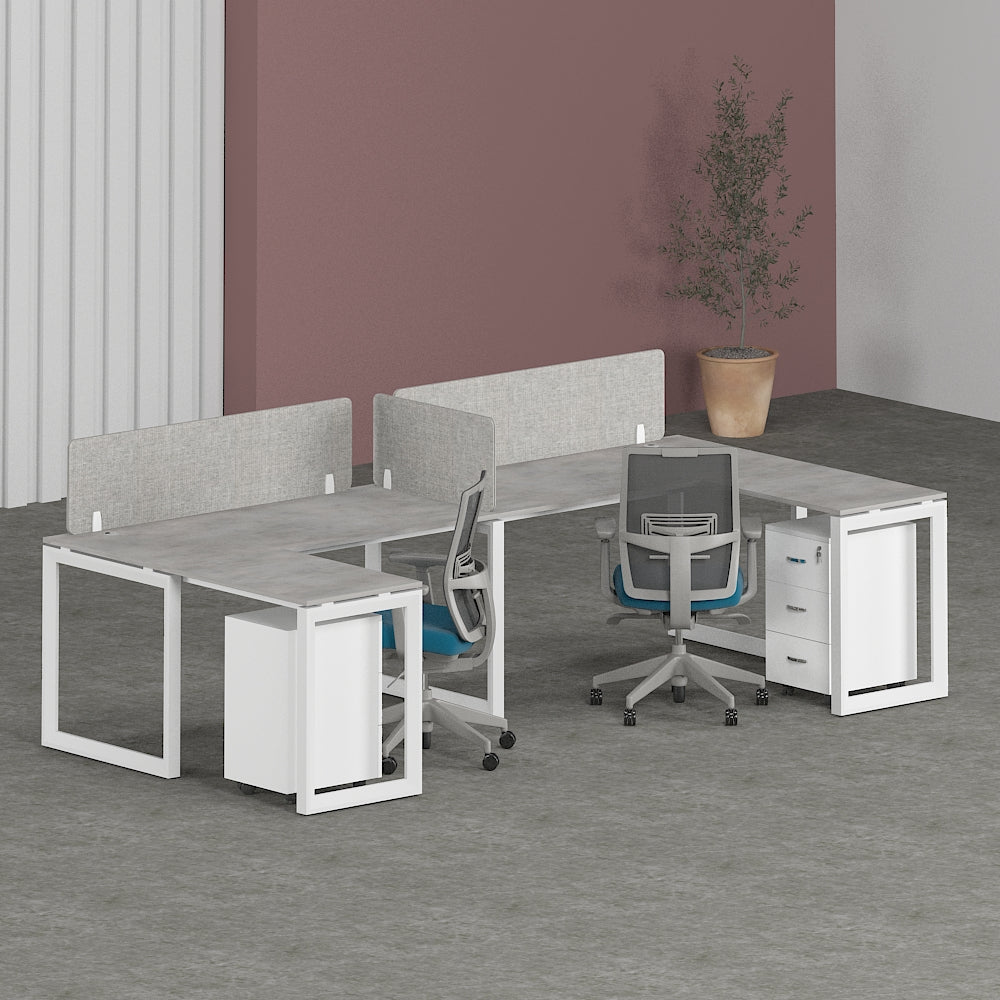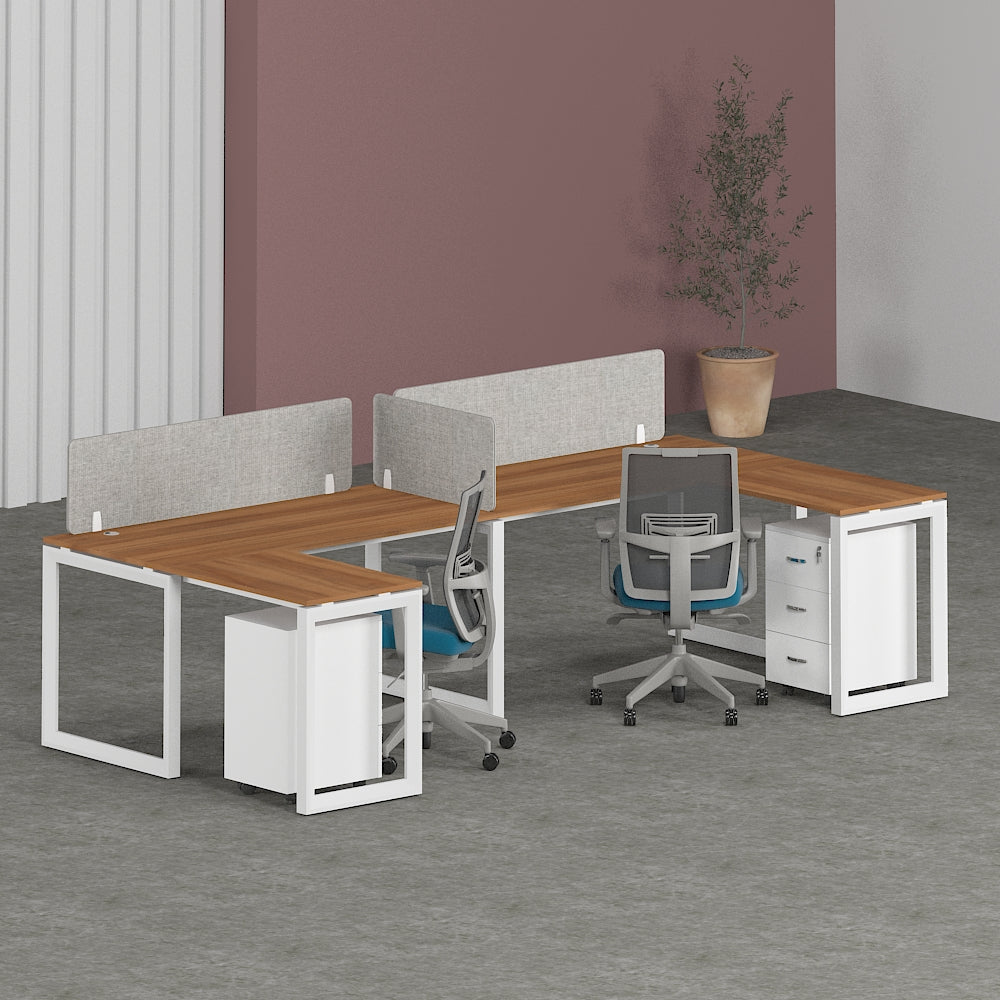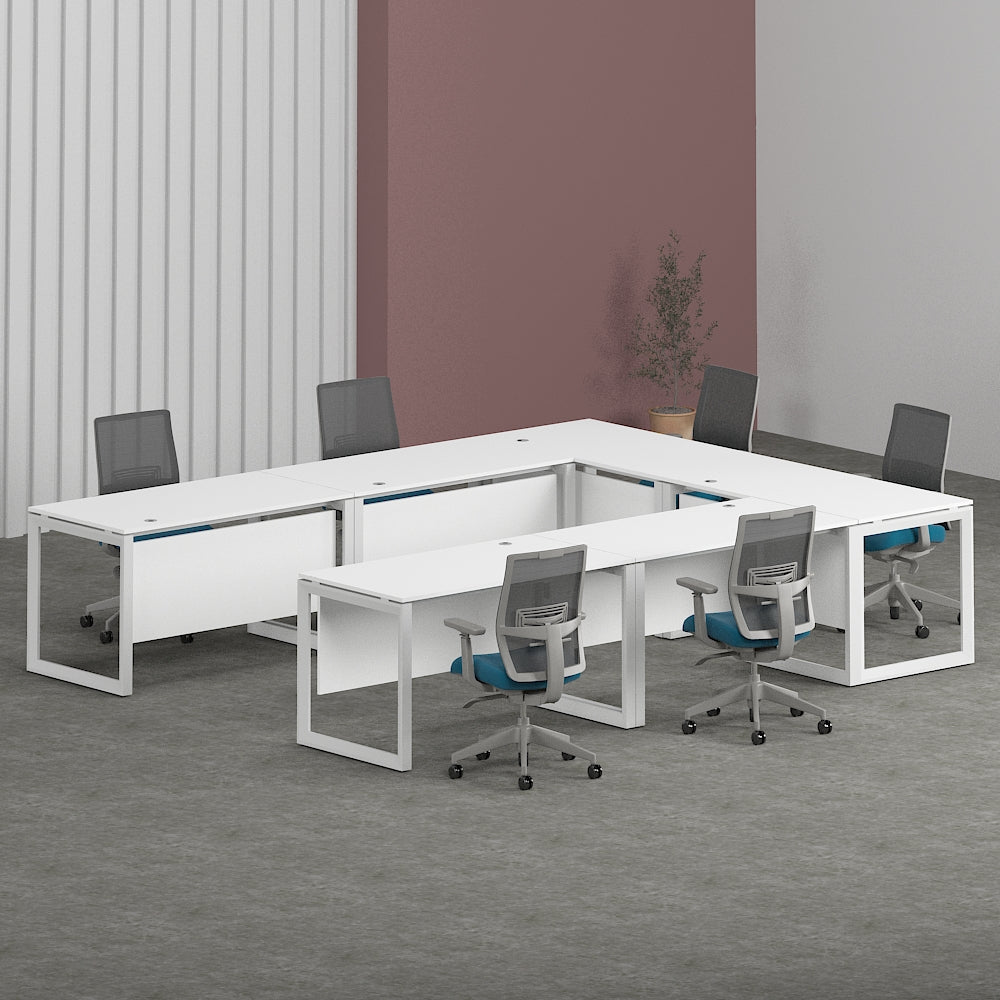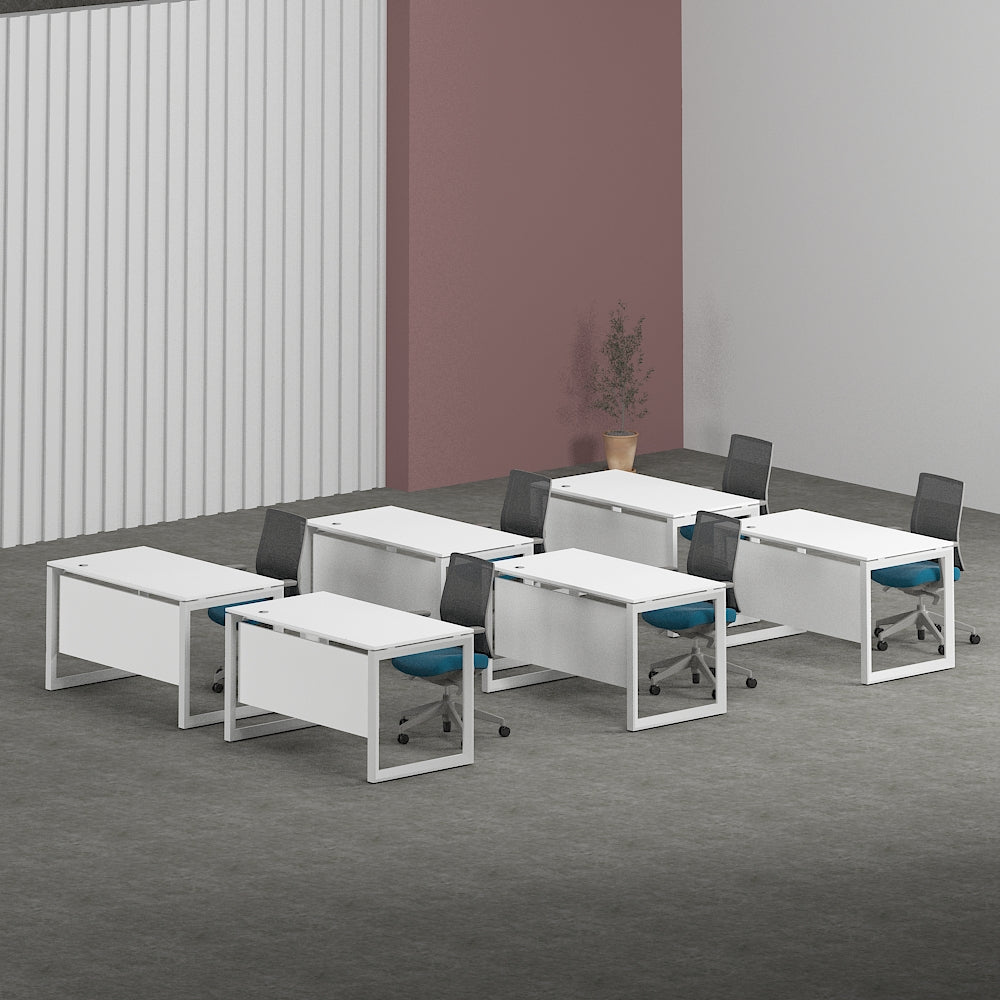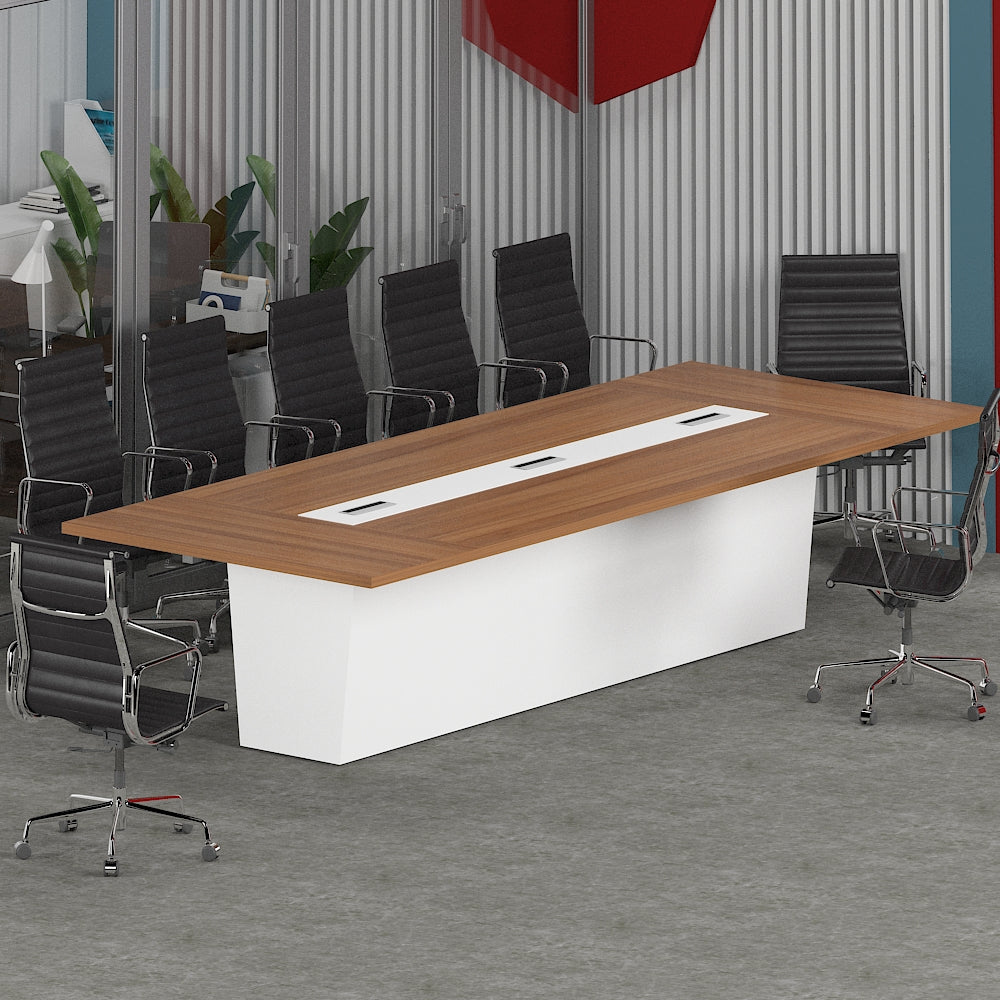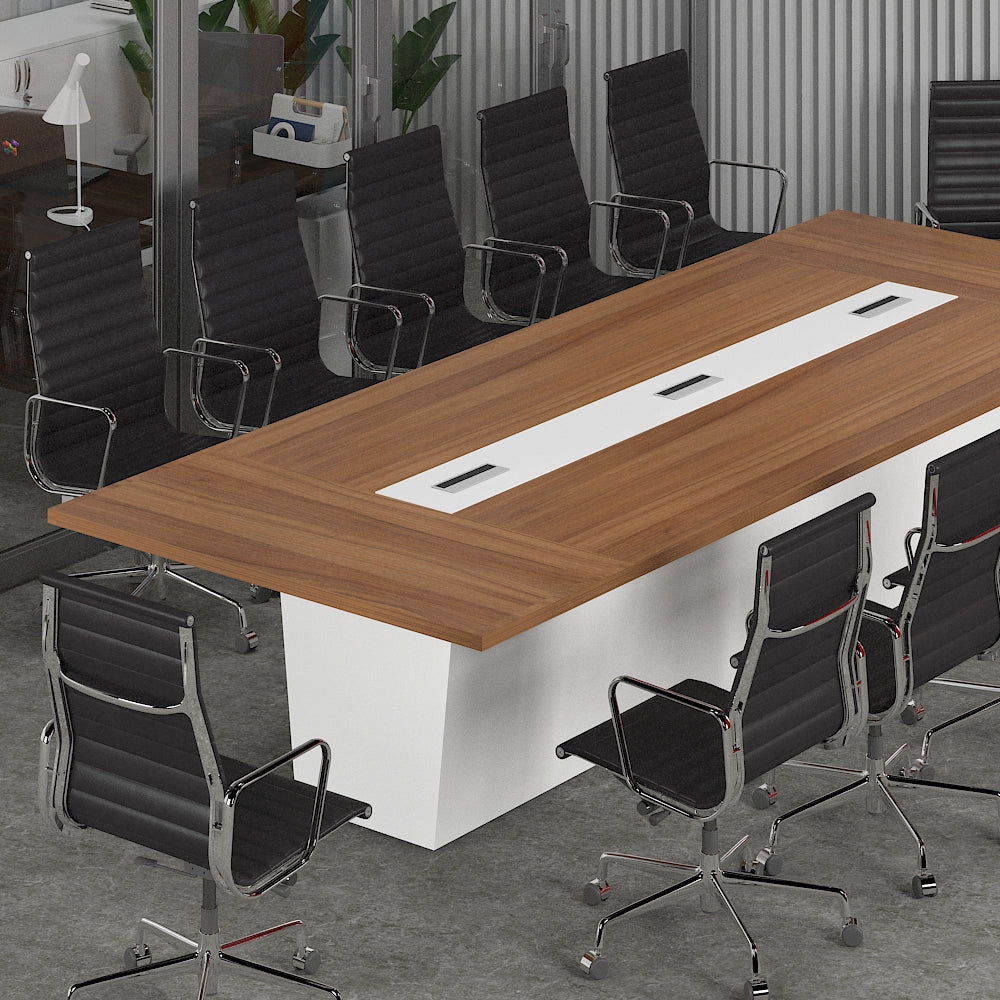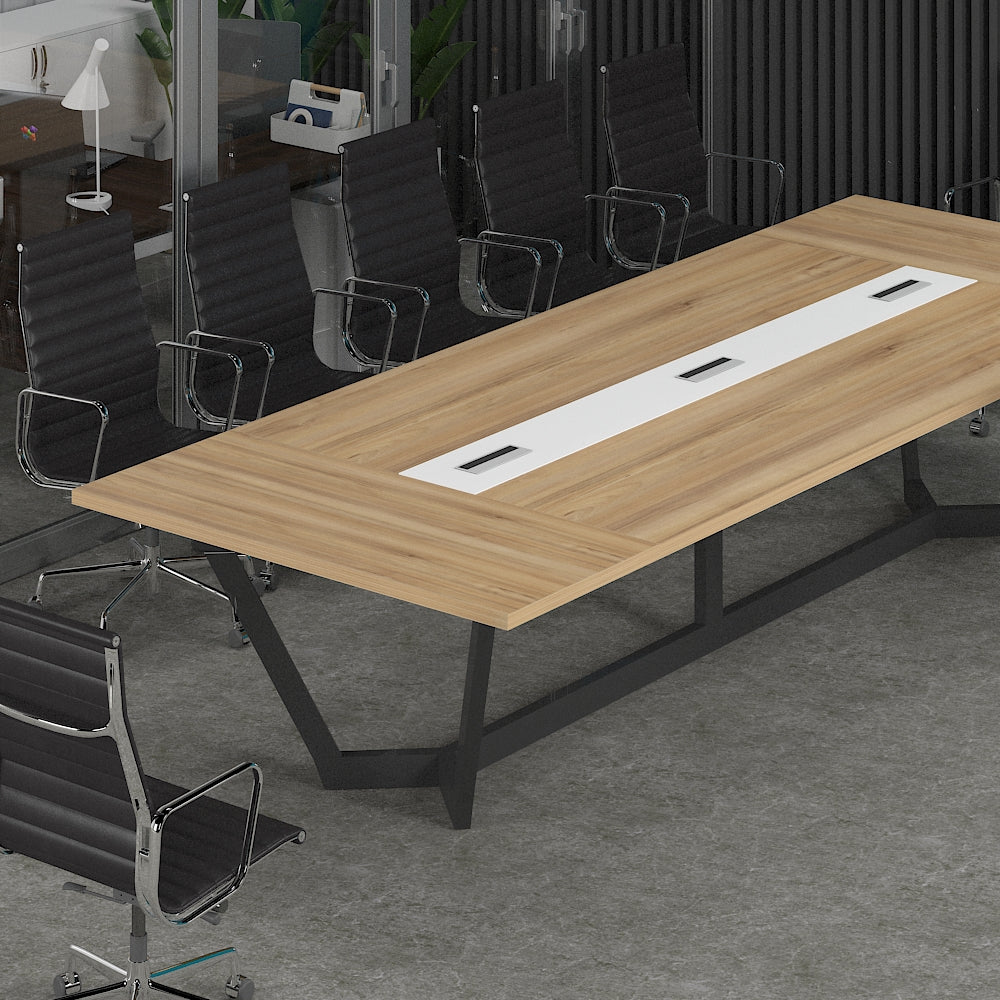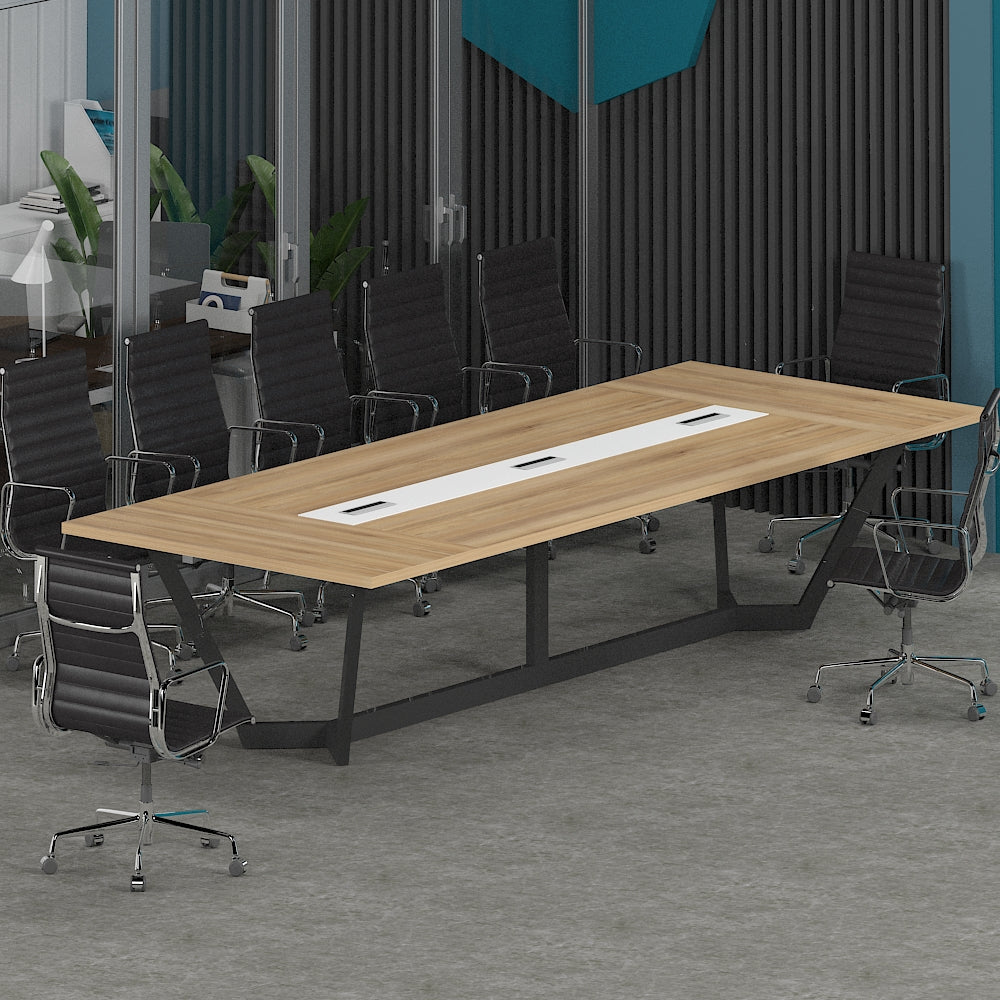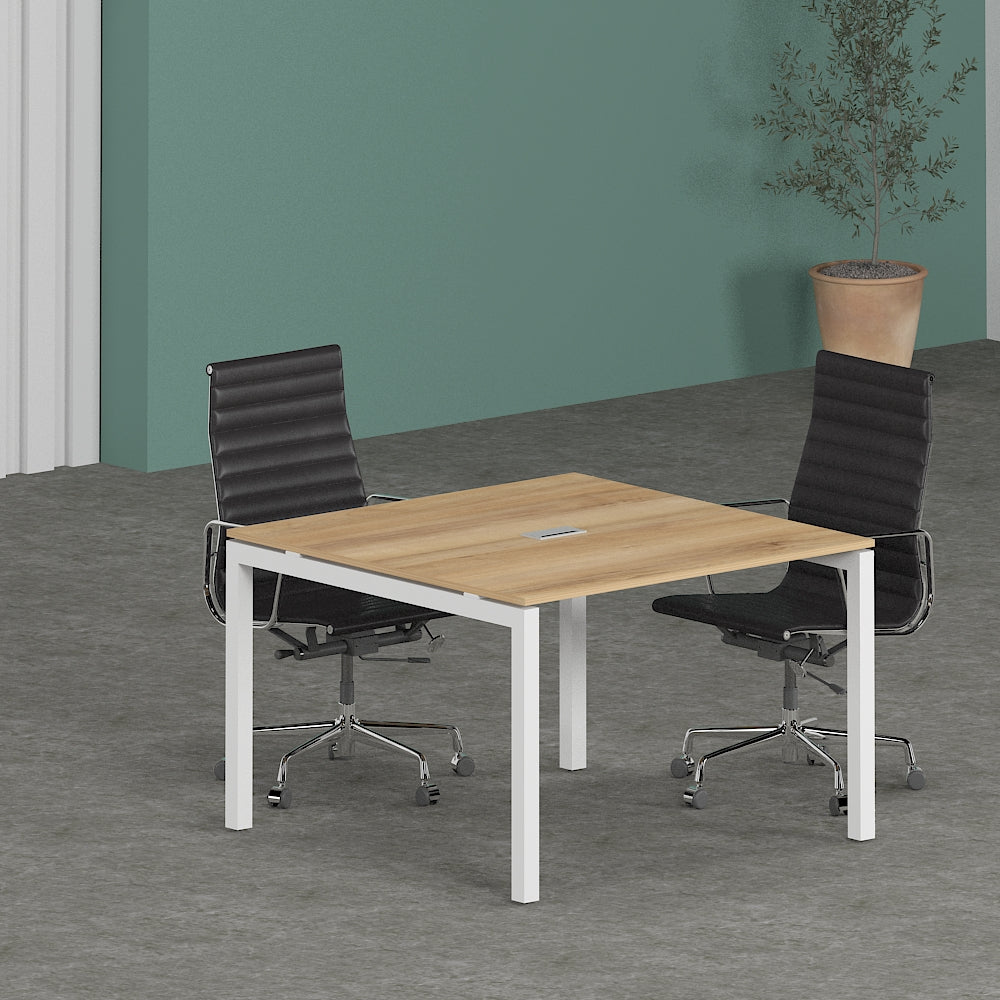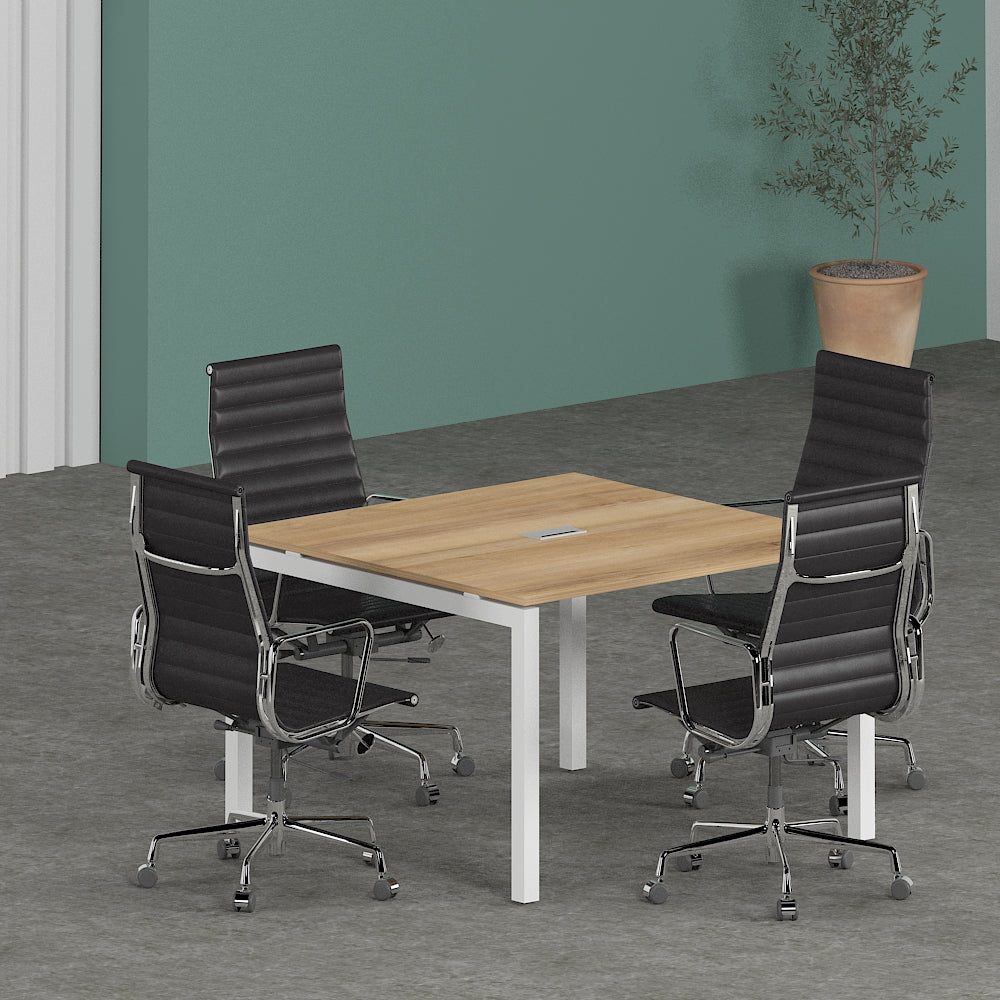Office Lounge Furniture: Creating a Comfortable and Productive Workspace
1. Introduction
In today's fast-paced work culture, where productivity is paramount, the design of office spaces plays a crucial role in fostering creativity, collaboration, and efficiency among employees. One key aspect of office design that significantly impacts the work environment is the choice of lounge furniture. From comfortable seating to ergonomic solutions, the right furniture can transform a mundane workspace into a vibrant hub of productivity and innovation.
2. Understanding Office Lounge Furniture
2.1 Importance of Comfortable Workspace Furniture
Comfortable workspace furniture is more than just a luxury; it's a necessity for maintaining employee well-being and satisfaction. When employees are comfortable, they are better able to focus on their tasks without distractions, leading to increased productivity and morale.
2.2 Role of Productive Office Furniture
Productive office furniture goes beyond mere aesthetics. It should be designed to support different work styles and activities, providing employees with the tools they need to excel in their roles. From adjustable desks to versatile storage solutions, productive furniture enhances efficiency and workflow.
2.3 Benefits of Ergonomic Office Furnishings
Ergonomic office furnishings are essential for promoting employee health and reducing the risk of musculoskeletal disorders. By providing proper support and alignment, ergonomic chairs and desks help prevent strain and discomfort, allowing employees to work comfortably for extended periods.
2.4 Enhancing Productivity with Modern Work Environment Furnishings
Modern work environment furnishings are characterized by sleek designs and innovative features aimed at maximizing productivity. Whether it's modular workstations or collaborative lounge areas, these furnishings encourage teamwork and creativity, fostering a dynamic work culture.
2.5 Incorporating Stylish Lounge Furniture
Stylish lounge furniture adds a touch of elegance and sophistication to any office space. From plush sofas to designer coffee tables, these pieces not only enhance the aesthetic appeal of the environment but also create inviting spaces for relaxation and informal meetings.
3. Designing an Office Space
3.1 Office Furniture Design Principles
When designing an office space, it's essential to consider factors such as functionality, flexibility, and aesthetics. Furniture should be chosen based on the specific needs and preferences of the employees, creating a harmonious balance between form and function.
3.2 Choosing the Right Office Seating Solutions
The right office seating solutions can make a world of difference in employee comfort and productivity. From ergonomic task chairs to lounge seating, each piece should be selected with care to ensure optimal support and comfort throughout the workday.
4. Creating a Productive Workspace
4.1 Layout and Arrangement
The layout and arrangement of furniture play a significant role in shaping the flow of the workspace. By strategically placing desks, chairs, and collaborative areas, you can create an environment that promotes communication, creativity, and efficiency.
4.2 Lighting Considerations
Proper lighting is essential for creating a comfortable and productive workspace. Natural light should be maximized wherever possible, supplemented by task lighting to reduce eye strain and fatigue during long hours of work.
4.3 Incorporating Ergonomic Solutions
Incorporating ergonomic solutions such as height-adjustable desks and monitor arms can help minimize the risk of repetitive strain injuries and improve overall employee well-being. By prioritizing ergonomics in office design, you can create a healthier and more productive work environment.
5. Maintaining a Comfortable Environment
5.1 Temperature and Air Quality Control
Maintaining optimal temperature and air quality is essential for employee comfort and well-being. Proper ventilation, air purification systems, and temperature control measures can help create a pleasant and productive work environment year-round.
5.2 Adding Personal Touches
Adding personal touches such as plants, artwork, and comfortable furnishings can make the office feel more inviting and homely. These small details can have a significant impact on employee morale and satisfaction, contributing to a positive work culture.
6. Conclusion
Creating a comfortable and productive workspace requires careful consideration of various factors, from furniture selection to layout and environmental controls. By investing in high-quality office lounge furniture and thoughtful design, employers can foster a conducive work environment that promotes creativity, collaboration, and employee well-being.
FAQs
1. Why is comfortable furniture important in an office?
Comfortable furniture is important in an office because it enhances employee well-being, reduces distractions, and promotes productivity.
2. How can ergonomic office furnishings benefit employees?
Ergonomic office furnishings can benefit employees by providing proper support and alignment, reducing the risk of musculoskeletal disorders, and improving overall comfort and productivity.
3. What role does lighting play in office design?
Proper lighting is essential for creating a comfortable and productive workspace, as it helps reduce eye strain and fatigue, enhances mood and productivity, and creates a welcoming atmosphere.
4. How can office layout impact productivity?
Office layout can impact productivity by influencing the flow of the workspace, promoting communication and collaboration, and providing employees with the tools they need to excel in their roles.
5. What are some simple ways to improve office comfort?
Some simple ways to improve office comfort include adding ergonomic furniture, optimizing lighting and temperature, incorporating personal touches, and prioritizing employee feedback and well-being.
